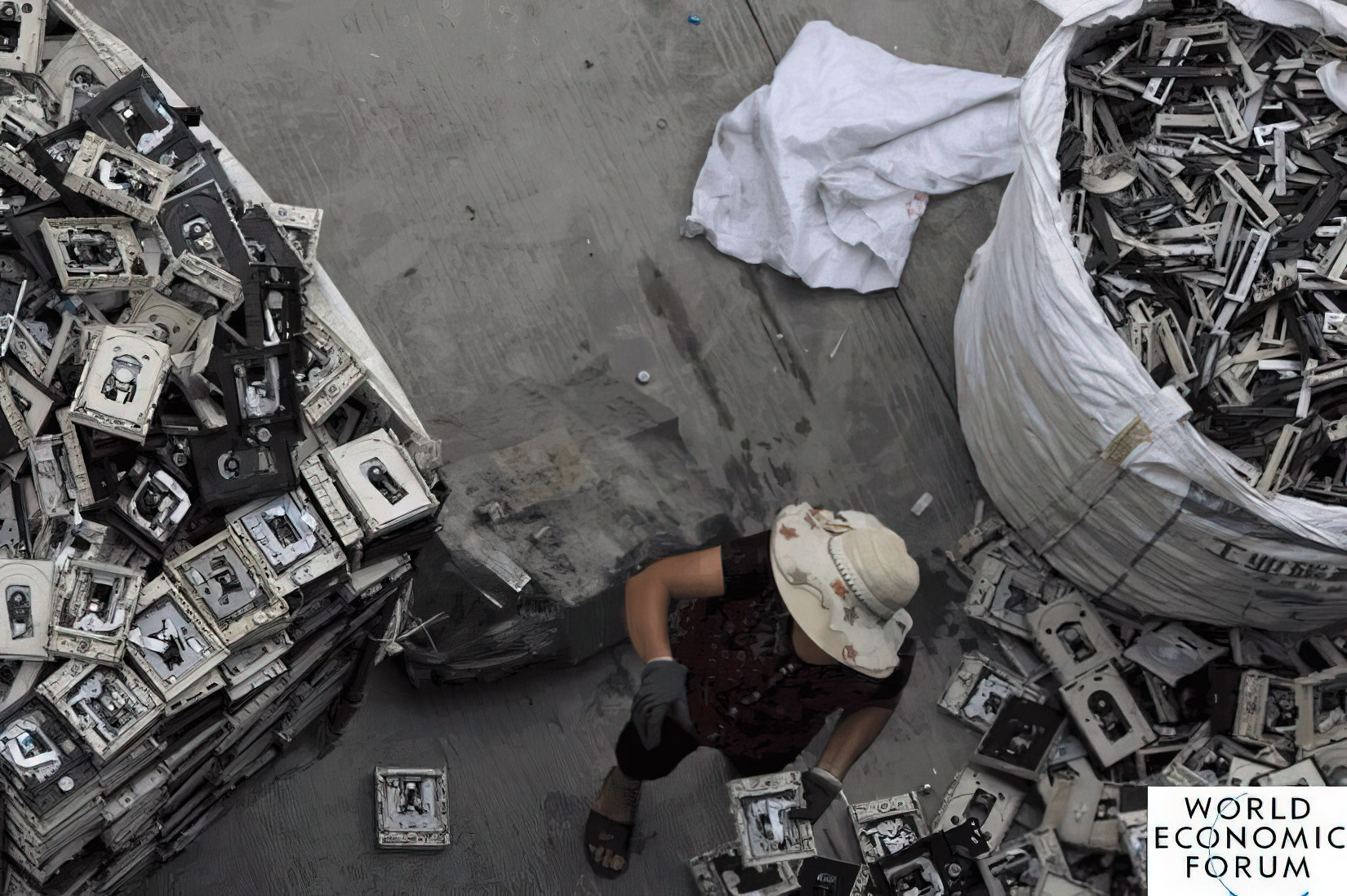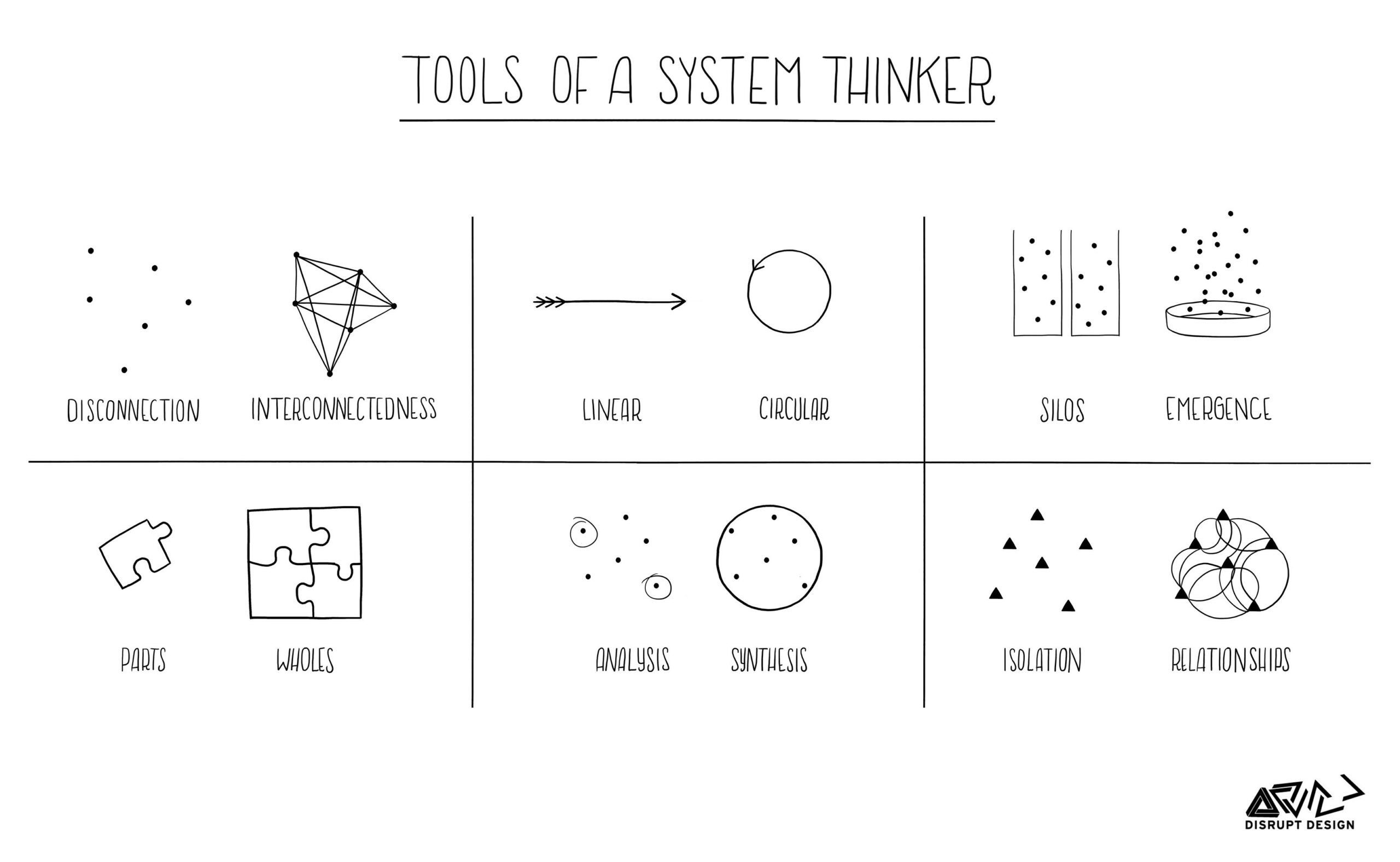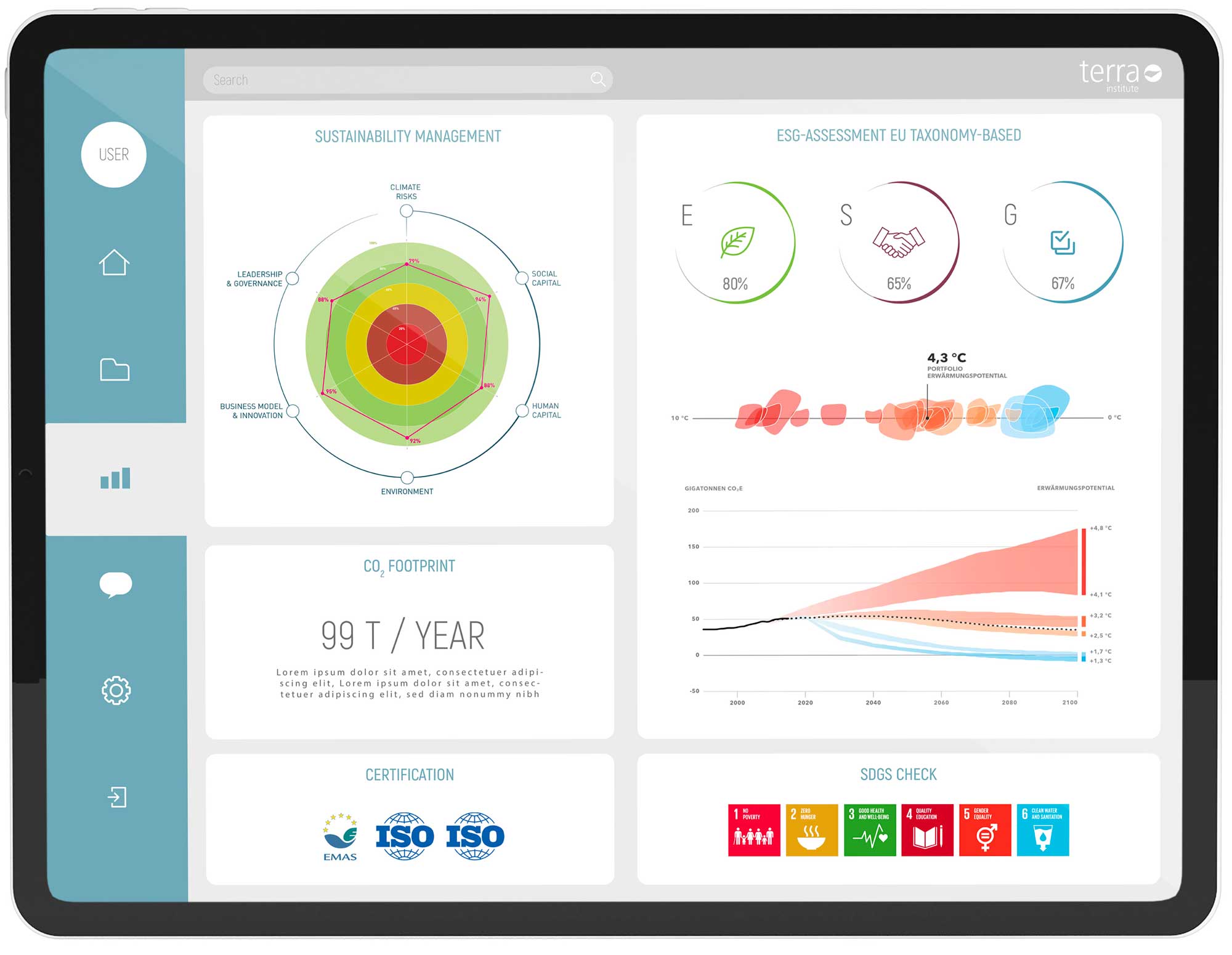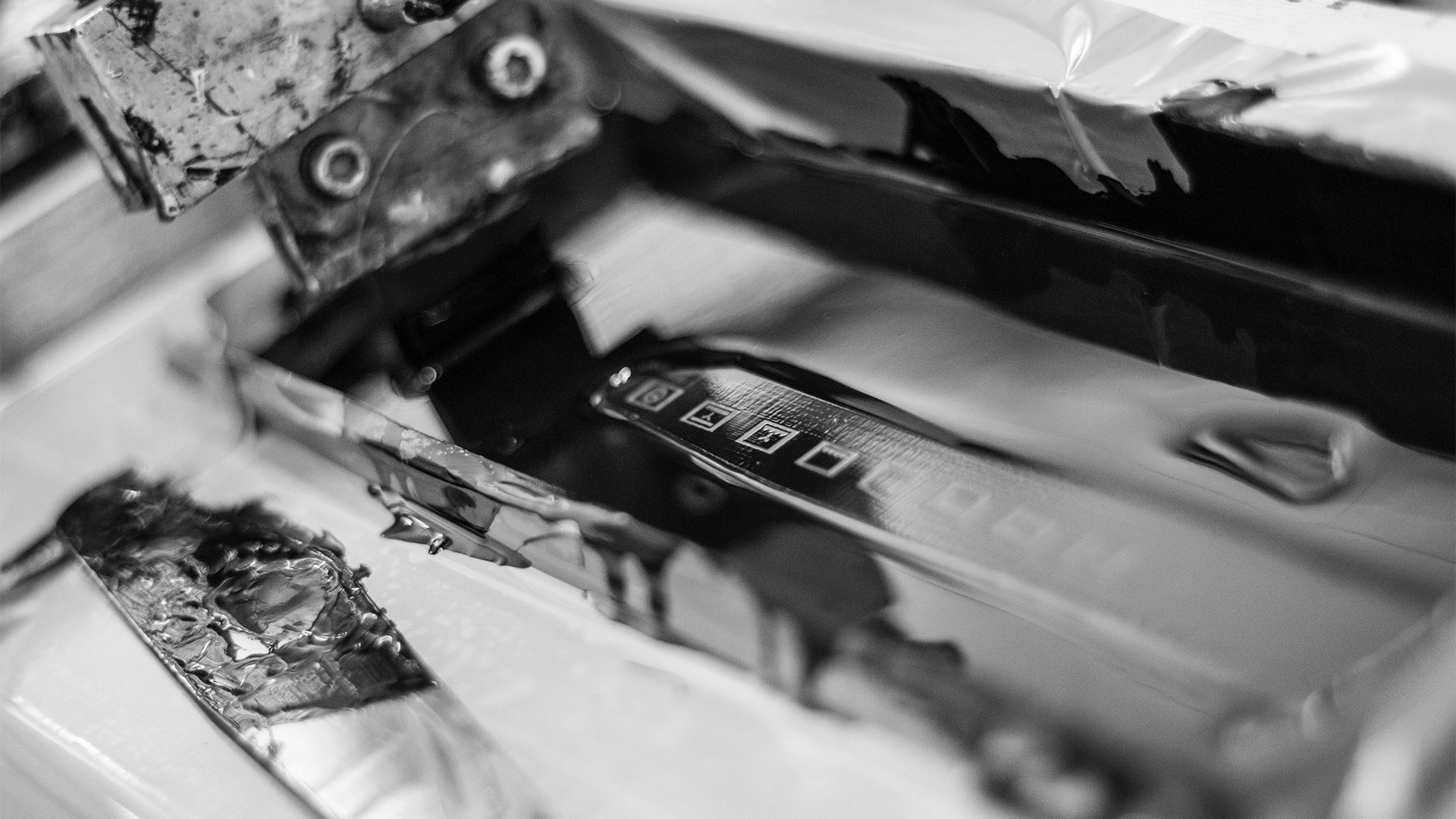THE CIRCULAR ECONOMY MEANS USING THE EARTH’S RESOURCES AS EFFICIENTLY AS POSSIBLE AND AVOIDING WASTE. THE CIRCULAR ECONOMY IS AN ECONOMIC MODEL IN WHICH ALL MATERIALS AND PRODUCTS ARE REUSED, REPAIRED, REFURBISHED, RECYCLED, RENTED, LOANED OR SHARED FOR AS LONG AS POSSIBLE, BOTH IN PRODUCTION AND CONSUMPTION. CIRCULAR ECONOMY – THE WINNING MODEL OF THE FUTURE. BE PART OF THE SOLUTION! THE DEFINITION AND AIM OF THE CIRCULAR ECONOMY IS TO EXTEND THE LIFE CYCLE OF AS MANY PRODUCTS AS POSSIBLE AND MINIMISE WASTE. SOUNDS LOGICAL? IT IS!
For too long, our economic system has operated on the principle of ‘take – make – use – waste’. Currently, raw materials are extracted from nature (‘take’) to make products and goods of all kinds and to generate energy (‘make’). Most of the resulting ‘by-products’ and the products themselves often end up as waste or emissions in the air, water or soil after a short period of use (‘use’), polluting our ecosystem (‘waste’). We and the way we do business are responsible for global material consumption more than doubling from 43 billion tonnes in 1990 to 92 billion tonnes in 2017, according to the OECD, and is expected to rise to 190 billion tonnes by 2060. There is no alternative to reducing our consumption of resources. The only solution so far is a circular economy – the winning model of the future. There is no alternative if we want to preserve our environment, and with it our livelihoods, for future generations. The responsibility for its implementation lies equally with all stakeholders: Business and industry, politicians and consumers.
TRANSFORMING FROM LINEAR TO CIRCULAR
Fortunately, the concept of the circular economy has gained popularity and importance among policymakers, academics and the public in recent years. The United Nations (UN), with its 2030 Agenda ‘Transforming our World’ and the legally binding Paris Climate Agreement, has already set recommendations and targets for a so-called regenerative economy and circular economy. The European Commission is also aware of the need for all stakeholders to pull together and is promoting implementation with massive funding, specific guidelines, strategy proposals and specifications in the EU Green Deal Action Plan, the EU Industrial Strategy and the new Circular Economy Action Plan. The Austrian federal government also writes in its Circular Economy Strategy 2022: “Achieving this requires a fundamental change that must be supported by business and society alike.
IMMENSE BENEFITS OF THE CIRCULAR ECONOMY FOR COMPANIES
The transformation of the economy and society is necessary, but companies are still struggling to integrate the circular economy into their organisation. What many may not realise is that in an economic environment of low global growth and labour shortages, the circular economy is the solution to these problems: Thanks to novel circular concepts and their sustainable and innovative business models. It is important to think circularly about every part of a company’s value chain, from the basic need for a product, through its design and production, to its sale, use and recovery. As natural resources become increasingly scarce and regulations – both national and international – become more stringent, it is more important than ever for companies to focus on the circular economy. In a world of increasingly scarce resources, this is the only way for companies to achieve more with fewer resources while ensuring their ‘licence to operate’.
SUCCESSFUL EXAMPLES OF THE CIRCULAR ECONOMY IN COMPANIES
Examples of the successful implementation of the circular economy in companies that have already been tried and tested many times include the optimisation of resource consumption through an extended service life, the recovery of products for reuse or the recycling of products or their components. Modern product life cycle planning that maximises the circular concept is crucial for a sustainable company. Consistent circular economy thinking leads to new business models. The approaches and intervention points for this are diverse, as there are many possibilities for the concrete implementation of the circular economy in the company.
CIRCULAR ECONOMY – THE SUCCESS MODEL OF THE FUTURE: MAXIMUM RESOURCE UTILISATION, MINIMUM WASTE PRODUCTION.
There is not only no alternative to the circular economy, it is also the solution for the profitability and sustainability of companies in our economy.
- Products are designed strictly according to the principles of the circular economy, so that fewer new resources are used in production, especially hardly any or no ‘non-renewable’ resources.
- Circular requirements are discussed throughout the value chain and a corresponding assessment is routinely carried out
- Products and their components follow important circularity and digitalisation principles for minimal resource consumption and increased reuse strategies.
- Value retention is maximised by optimising the product and component utilisation rate and useful life with the help of maintenance and digitalisation.
- For machines, the focus is on digitally supported maintenance and shared access to data, which offers innovative opportunities to keep products in use efficiently and for longer.
- Services are offered that go beyond the one-off sale and focus on functionality rather than material goods,
- Products that can no longer be used are fed back into an efficient reverse logistics process for refurbishment, remanufacturing, reuse or collection of parts and components, extending the life of other products that are still in use.
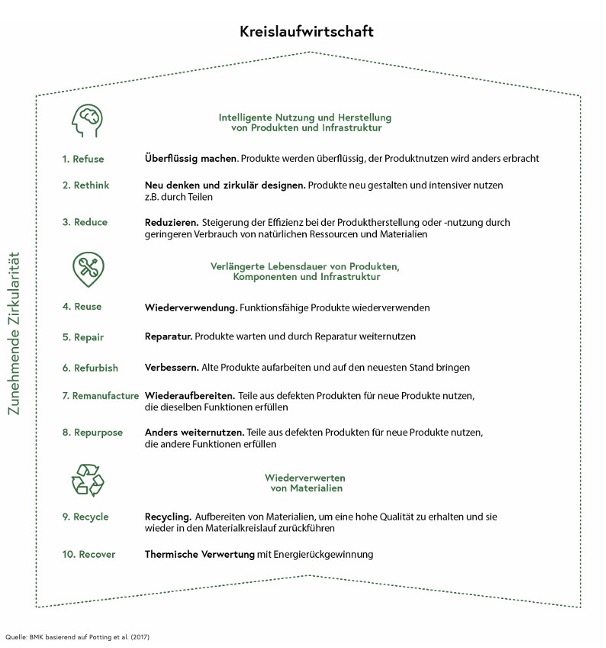
Behind these requirements, which result from the orientation towards a circular economy described above, there is a need to identify and establish appropriate indicators for measurement, i.e. to set consistent key figures for each step in order to point the way to new and sustainable products and services that are advantageous from an economic, social and environmental point of view.
Circular economy Examples include the percentage of products with a take-back system, the number of product groups with a planned repair option and the percentage of turnover achieved with products that meet the circular economy criteria mentioned above.
In our next article, we would like to present examples of successful circular economy companies and their implementation.

Werner Kössler a technician and business economist, is an expert in sustainability management and the circular economy with 30 years of experience in various industries and companies. In his leadership roles, he has successfully implemented many complex projects to improve companies’ sustainability performance, always embedded in organizational development programs.
His vocation and passion lie in actively shaping companies toward a conscious and comprehensive awareness of aspects of sustainability and circularity.
With properly designed strategies and derived measures, this also results in economic benefits, because sustainability is a long-term economics.

